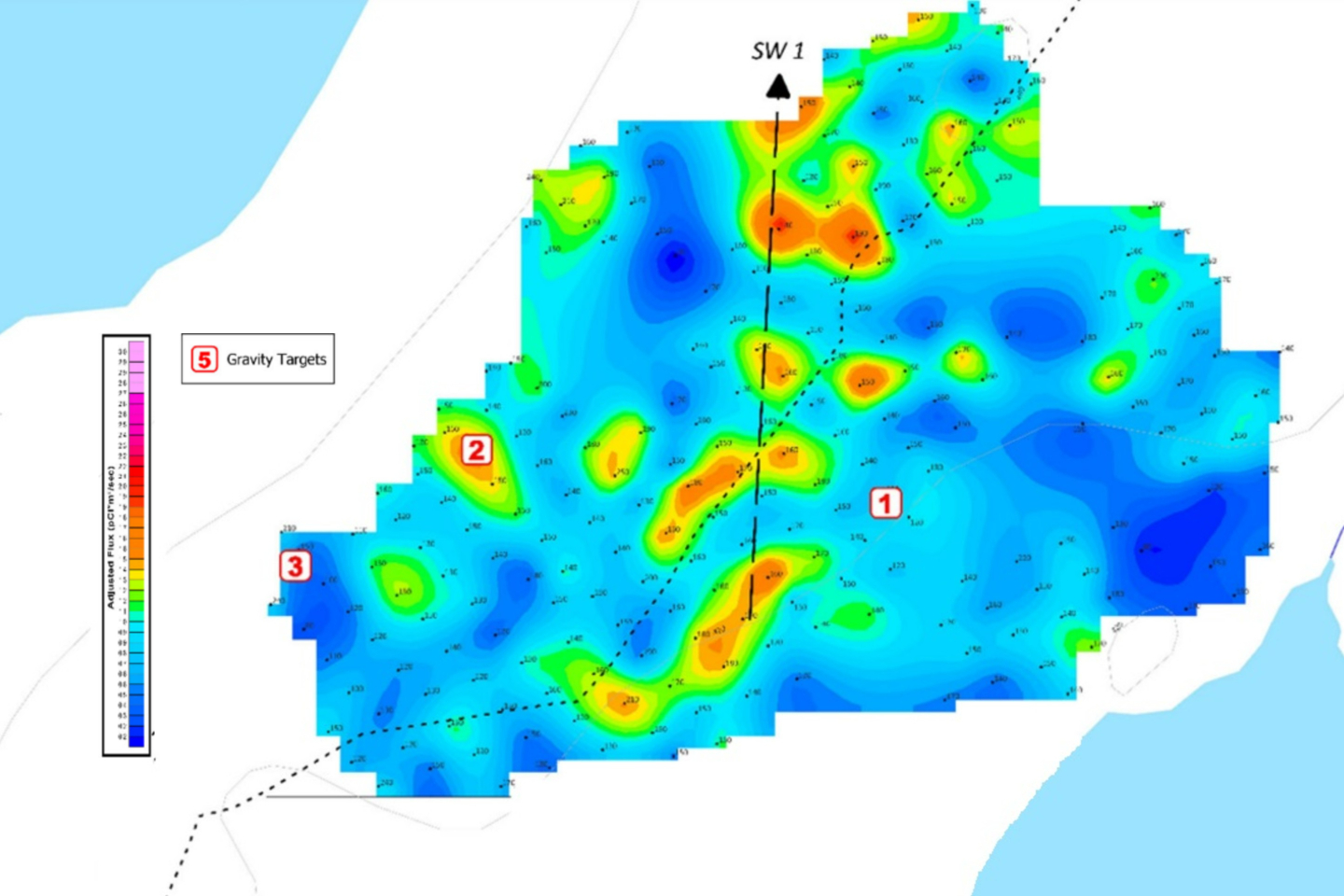Valor Resources has successfully deployed radon-in-soil surveys at its Hidden Bay uranium project and identified priority targets located close to the historic Rabbit Lake mine in the Athabasca Basin, Canada. The surveys were designed to follow up on prospective targets previously identified by the company. The area of interest is situated close to the Athabasca unconformity with the potential for both basement-hosted and Athabasca sandstone-hosted uranium deposits.

Valor Resources has successfully deployed radon-in-soil surveys at its Hidden Bay uranium project and identified priority targets located close to the historic Rabbit Lake mine in the Athabasca Basin, Canada. The surveys were designed to follow up on prospective targets previously identified by the company. The area of interest is situated close to the Athabasca unconformity with the potential for both basement-hosted and Athabasca sandstone-hosted uranium deposits.
The Hidden Bay area is dominated by thick glacial deposits, lakes and muskegs, meaning conventional surface geochemical sampling is ineffective, hence the decision to employ radon in soil sampling.
Radon geochemistry is a well-known exploration technique used in the Athabasca Basin. Radon gas is formed from the decay of radium, which itself is a by-product of uranium decay.
Due to hydrogeochemical processes radium can concentrate along faults and fractures extending away from uranium mineralisation. Radon concentration can then be measured in groundwater, soils or air at surface.
Valor contracted specialist firm RadonEx to complete a Radon Flux Monitor survey over five of the targets with a total of 617 points measured.
Management believes RadonEx’s expertise in interpreting the radon data allows them to distinguish between transported surficial radioactivity and real bedrock-sourced radon diffusion trends.
The surveys were designed to follow up on six prospective targets identified from previous work completed by Valor, comprising a detailed review of historic exploration data and an airborne gravity gradiometry survey.
The current survey comprised three grids – the South West, Central and North East grids – with a 1km long north-south priority 1 radon trend on the South West grid, that is open to the north, a potential 1km long East North East striking priority 1 radon trend on the Central grid and some anomalies on the edge of the North East grid.
googletag.cmd.push(function() { googletag.display('bn-dfp-article-lb2-advert'); });Significantly, the South West anomaly is approximately sub-parallel and coincident with an interpreted north-south trending Tabbernor fault structure. Several uranium deposits in the eastern Athabasca Basin are associated with North South orientated structures, including Rabbit Lake and Eagle Point. It has been proposed reactivation of the Tabbernor Fault System coincided with the formation of large uranium deposits in the Athabasca Basin and the Tabbernor system may have controlled deposit location.
Additionally, two of the highest priority previously identified gravity anomalies lie adjacent to the north-south radon trend. Target 1 sits on the eastern side of the Athabasca unconformity and occupies a strong gravity low and potentially is in contact with an intrusive granitoid and close to a magnetic low. Target 2 is located on the western side of the Athabasca unconformity within the Athabasca-Manitou Falls Sandstone and occupies a strong gravity low and a magnetic low area, with a surface geochemical cobalt anomaly. Amazingly, neither of the targets have had any previous drilling.
An initial site visit was also completed by Valor to establish logistical requirements and an on-ground review of recently collated historical data. However, the site visit was cut short due to wildfires in the area.
Valor Executive Chairman George Bauk said: “The radon survey at Hidden Bay has provided us with further confidence in the targets outlined earlier this year and allowed us to prioritise the gravity targets for drilling. The radon targets at Hidden Bay have been identified as high priority by RadonEx, based on their extensive experience and knowledge of the geology and uranium deposits of the Athabasca Basin.”
“Importantly, we are just 20km south of the historic Rabbit Lake Uranium mine, which was the longest running uranium mine in North America with over 41 years of mining, producing over 203 million pounds of uranium concentrate."
Although Cameco’s Rabbit Lake mine is currently closed, its current Indicated Resources sits at 1.836Mt grading 0.95per cent uranium oxide for 38.6 million pound of contained metal
Valor says Hidden Bay has a similar geological setting to Rabbit Lake, with the potential for both basement-hosted and unconformity-style uranium deposits.
The company says just one hole has been drilled in the last 35 years within the Hidden Bay claim area, highlighting the lack of modern exploration at the project and the broader region. Valor believes modern exploration techniques, such as airborne gravity and radon surveys open up the opportunity.
Canada’s Athabasca Basin has historically been responsible for about 20 per cent of the world’s uranium supply and boasts some of the planet’s most productive energy assets. Since the late 1960s a whopping 18 major uranium deposits have been found in the region and about half of them rank amongst the globe’s best in terms of grade.
Is your ASX-listed company doing something interesting? Contact: matt.birney@businessnews.com.au















